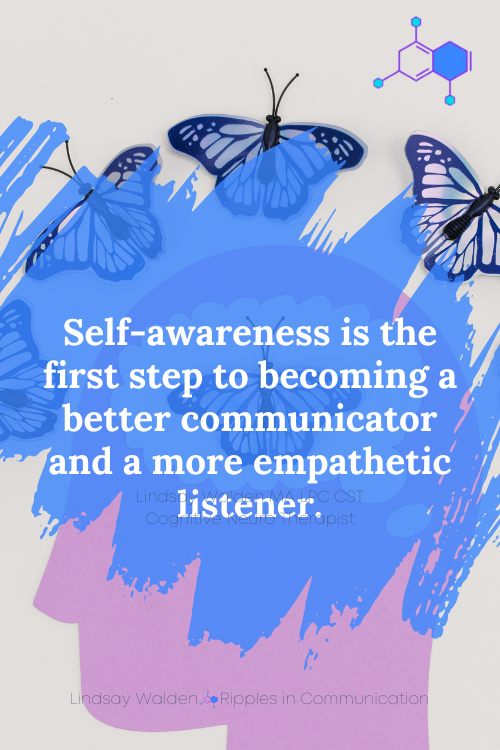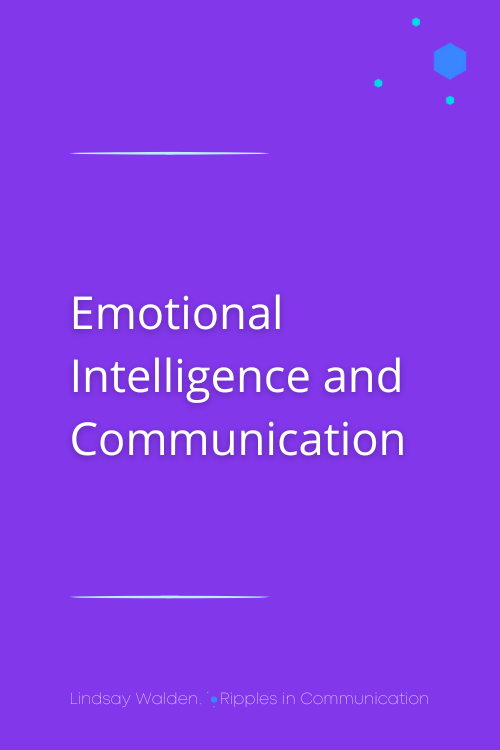Discover Your Communication Style and Transform Your Relationship
Every individual approaches communication differently, shaped by unique habits, preferences, and tendencies. Understanding your communication style can help you express yourself more effectively, connect with others meaningfully, and handle challenges with clarity. The Mini CNT Communication Styles Assessment Tool, included in the CNT Toolkit Sampler, offers a simple yet profound way to identify your primary communication tendencies.
In this blog post, we’ll explore the importance of communication styles, how to use the full six-question assessment tool, and practical strategies to enhance your interpersonal interactions.
But wait!….
Have you grabbed your FREE CNT Toolkit Sampler yet? It’s packed with science-backed tools designed to help you regulate emotions, manage stress, and develop deep self-awareness. If you’ve ever felt overwhelmed by your reactions or stuck in negative thought patterns, this toolkit will give you the proven strategies I use with clients to help them strengthen emotional neutrality, rewire unhelpful responses, and build lasting resilience. Inside, you’ll find practical exercises and guided reflections to help you navigate challenges with clarity and confidence. Enter your email below, and I’ll send it straight to your inbox!
Why Understanding Your Communication Style Matters
Recognizing your communication style empowers you to:
Build Better Connections: Adapt your approach to resonate with different people.
Navigate Conflict Effectively: Understand how your communication tendencies influence interactions under stress.
Strengthen Self-Awareness: Gain insight into your natural preferences and areas for growth.
The Neuroscience Behind It: Studies show that self-awareness in communication enhances emotional intelligence and fosters stronger relationships.
The Mini CNT Communication Styles Assessment
The tool includes six reflective questions to help you identify your dominant communication tendencies. For each question, rate yourself on a scale of 1 (Never) to 5 (Always):
When discussing a problem, I focus on finding logical solutions rather than exploring emotions.
Category: Logical/Analytical Style
I often prioritize maintaining harmony in conversations, even if it means avoiding conflict.
Category: Harmony-Seeking Style
I express my opinions openly and assertively, even if others might disagree.
Category: Direct/Assertive Style
I tend to listen more than I speak, aiming to fully understand the other person’s perspective.
Category: Creative/Relational Style
I use humor or storytelling to lighten situations or connect with others.
Category: Creative/Relational Style
I prefer clear, structured communication with specific details and instructions.
Category: Logical/Analytical Style
Scoring and Interpretation
Logical/Analytical Style: Add scores for Questions 1 and 6.
Harmony-Seeking Style: Add scores for Questions 2 and 4.
Direct/Assertive Style: Add scores for Questions 3 and 6.
Creative/Relational Style: Add scores for Questions 4 and 5.
Score Meaning:
0–4 Points: This is not likely your dominant style.
5–7 Points: You occasionally use this style, but it’s not your primary approach.
8–10 Points: This is likely your dominant communication style.
How to Apply Your Results
Understand Your Strengths and Challenges
Example: A Logical/Analytical communicator excels in clarity but may struggle with emotional nuance.
Adapt to Different Styles
Example: When interacting with a Harmony-Seeker, focus on fostering mutual understanding instead of pushing for quick solutions.
Journal Your Insights
Prompts:
“What does my dominant style say about how I approach conversations?”
“How can I balance my primary style with other approaches to improve my communication?”
Real-Life Example: How the Assessment Helped Kate Improve Team Dynamics
Scenario: Kate, a project manager, often clashed with colleagues because her Direct/Assertive style felt abrasive to her Harmony-Seeking teammates.
Practice: After taking the assessment, Kate recognized the need to incorporate more empathy and active listening into her interactions.
Outcome: Her team felt more supported, and collaboration improved significantly.
Tips for Growing Beyond Your Communication Style
Experiment with Other Styles
Practice using humor or storytelling if you’re primarily Logical/Analytical, or focus on structured clarity if you’re Creative/Relational.
Ask for Feedback
Seek insights from trusted colleagues or friends about how your communication style impacts them.
Blend Multiple Styles
Journaling Prompt: “How can my secondary style complement my dominant style for more effective communication?”
Benefits of Understanding Communication Styles
Enhanced Relationships
Adapting to others fosters deeper trust and connection.
Improved Conflict Resolution
Recognizing and adjusting to differences reduces tension.
Increased Self-Awareness
Understanding your tendencies allows you to communicate more intentionally.
Find Your Voice and Strengthen Your Connections
Your communication style is a powerful tool for building relationships, resolving conflicts, and achieving goals. The Mini CNT Communication Styles Assessment Tool provides valuable insights to help you grow and adapt. By understanding your tendencies, you’ll enhance your ability to connect with others and navigate challenges effectively.
Download the CNT Toolkit Sampler now to take the full Communication Styles Assessment and start improving your communication skills today.







